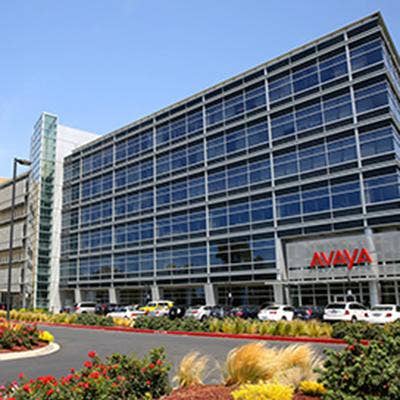Record Avaya OneCloud ARR, New Partnerships Are Growing CCaaS Opportunities For The Channel
Backed by record-breaking OneCloud ARR, the UC powerhouse has teamed with Microsoft to expand the reach of its flourishing contact center business and is also re-entering the networking space via a partnership with Alcatel-Lucent Enterprise.

Avaya continues to break cloud revenue records, but it’s not resting on its laurels. The company is expanding the reach of its contact center-as-a-service solutions and re-entering the networking arena, Stephen Spears, Avaya’s CRO, told CRN said following the company’s Q2 2022 earnings call.
Durham, North Carolina-based Avaya’s cloud annual recurring revenue metric, OneCloud ARR, grew a whopping 118 percent to $750 million in the second fiscal quarter of 2021, up more than $400 million year over year. OneCloud ARR revenue jumped by $130 million sequentially, a record quarterly contribution for Avaya’s ARR, Spears said.
The channel contributed to more than 60 percent of Avaya’s ARR during the quarter.
“What’s really encouraging about this new subscription, hybrid model is we saw our largest-ever net new logo count with almost 300 new customers signing up for Avaya for the first time in this in this hybrid cloud model,” Spears said.
[Related: Avaya Buys CTIntegrations As Number Of Partners Selling CCaaS Solution Triples]
The company said it’s still well on the path to hit the $1 billion ARR mark by the end of 2022. What’s more, 60 percent of OneCloud ARR was generated by contact center customers. Cloud-based contact center, or CCaaS, represents a big area of opportunity for partners, Spears said.
Solution providers are coming to the table with inherent knowledge about a vertical or subset of customers and are using APIs to “co-author,” or add value on top of Avaya’s CCaaS offerings, which makes the solutions more sticky, he said. “Never before has there been so much opportunity for the channel to become an inherent part of the solution,” he said.
Avaya this week revealed a newly expanded partnership with Microsoft that brings together OneCloud and Azure. Via the terms of the partnership, the Avaya OneCloud portfolio, including the highly sought-after CCaaS offering, can be delivered on Azure for customers that want to deploy their communications in a hybrid, public or private cloud environment. Microsft partners will also have access to Avaya’s OneCloud portfolio.
“We’ll deliver all the value of SaaS, which is elasticity, zero downtime, quick upgrades and fixes [and] redundancy across zones -- all the things that hyperscalers bring to the table, but specific to private cloud instances,” Spears said. “It’s really giving the best of both worlds to deliver both private and public cloud solutions.”
Once a networking player, Avaya exited the business in 2017 when it sold its networking segment to Extreme Networksv and filed for bankruptcy. Now, the company is re-entering the networking market via a partnership with Alcatel-Lucent Enterprise (ALE) that the two companies revealed in March. The partnership extends the availability of Avaya’s OneCloud CCaaS offering to ALE’s global base of customers while also making ALE’s digital networking solutions available on a global basis to Avaya customers.
“The big news here is Avaya’s resurgence into the networking space,” Spears said. “It’s a nice, symbiotic relationship where we’re going to be now driving their networking gear through our partners and ALE will be taking our OneCloud solutions through their channels.”
While ALE largely targets the European market, North American distributors are excited about the opportunities to bring ALE’s networking solutions to their end customers, Spears added.
Avaya’s CEO Jim Chirico said that 75 percent of the company’s new bookings were for Avaya OneCloud, proving that Avaya has becoming a leading cloud-first unified communications provider for the enterprise. About 20 percent of OneCloud ARR came from customers generating $5 million or more in ARR and 60 percent came from customers generating $1 million or more in ARR. More than 95 percent of the company’s ARR is being generated by its Enterprise segment, Avaya said.
Avaya’s Cloud, Alliance Partner and Subscription (CAPS) revenue, which has climbed all year, accounted for 54 percent of the company’s revenue, up from 40 percent during the same quarter a year ago. Recurring revenue was 69 percent of Avaya’s revenue, up from 66 percent a year ago.